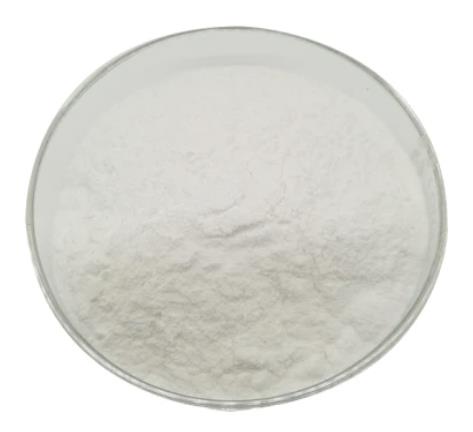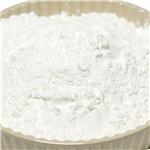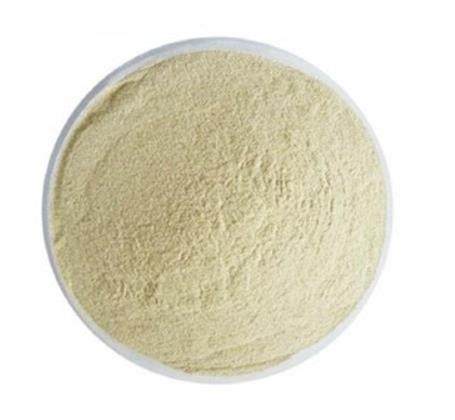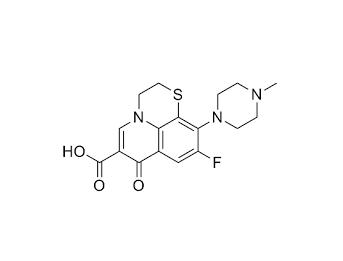Side effects of Lomefloxacin
Mar 25,2022
Lomefloxacin (Maxaquins, Pfizer) is an older-generation difluoroquinolone that has the chemical formula 1-ethyl-6,8-difluoro-1,4- dihydro-7-(3-methyl-1-piperazinyl)-4-oxoquinoline-3-carboxylic acid. Compared with norfloxacin, it has similar spectrum of activity, but has better tissue penetration and, because of a longer half-life, can be given once daily. Lomefloxacin appears to be effective in the treatment of urinary tract and nonpneumococcal respiratory tract infections. With the availability of newer fluoroquinolones that have broader spectrum of activity, similar once-daily dosing, and lower incidence of phototoxicity, its use is now limited. However, it remains available in the Americas (including the USA), South Africa, much of Asia, and Europe (excluding the UK).

Bioavailability
The absolute bioavailability of lomefloxacin is approximately 95%, with the drug rapidly absorbed after oral administration. Plasma halflife is 6–8 hours and it is approximately 10–15% protein bound. The absorption of lomefloxacin is delayed when the drug is taken at the same time as food, with a delay in the time to peak serum concentrations. However, peak serum concentrations and the amount of lomefloxacin absorbed following either a carbohydrate or high-fat meal are similar to that expected when the drug is taken after an overnight fast.
Excretion
Lomefloxacin undergoes limited metabolism in the liver, to glucuronide and ethylenediamino metabolites. This accounts for less than 10% of a lomefloxacin dose.
Side effects
The rate of adverse reactions associated with lomefloxacin is similar to that associated with other fluoroquinolones. The most commonly reported side-effects include nausea (3.7%), diarrhea (1.4%), photosensitivity (2.4%), headache (3.2%), and dizziness (2.3%). The hierarchy of phototoxic risk among the fluoroquinolones is lomefloxacin, fleroxacinWsparfloxacinWenoxacinWpefloxacinW ciprofloxacin, grepafloxacinWnorfloxacin, ofloxacin, levofloxacin, trovafloxacin, gatifloxacin, moxifloxacin.
The rate of these reactions is higher in elderly patients and in those treated for a longer period of time. Laboratory abnormalities are uncommon, with alterations in hepatic function tests (0.1–1.8%), monocytosis (0.4%), thrombocytopenia (0.1%), decreased hemoglobin (0.1%), and elevated urea (0.2%) most reported. Tendonitis, C. difficile-associated diarrhea, seizures, and peripheral neuropathy have been reported with lomefloxacin .
Sparfloxacin (AT-4140, CI-978, PD 131501) is a newer-generation aminodifluoroquinolone with broad spectrum antibacterial activity. It has the chemical formula 5-amino-1-cyclopropyl-7-(cis-3,5-dimethylpiperazin- 1-yl)-6,8-difluoro-1,4-dihydr....
Mar 25,2022APIRufloxacin (MF 934), or 9-fluoro-10-(-methyl) piperazinyl-7-oxo-2,3- dihydro-7H-pyrido-(1,2,3, de) (1,4) benzothiazine-6-carboxylic acid, is an older-generation fluoroquinolone developed in 1989 with the chemical structure shown in Figure 1....
Mar 25,2022APILomefloxacin
98079-51-7You may like
- Lomefloxacin
-

- $0.00 / 25KG
- 2025-03-18
- CAS:98079-51-7
- Min. Order: 1KG
- Purity: 99%
- Supply Ability: 50000KG/month
- Lomefloxacin
-

- $0.00 / 100mg
- 2025-03-18
- CAS:98079-51-7
- Min. Order: 10mg
- Purity: 98
- Supply Ability: 100000
- Lomefloxacin
-

- $125.00 / 1KG
- 2025-01-06
- CAS:98079-51-7
- Min. Order: 1KG
- Purity: 99%
- Supply Ability: 100kg






